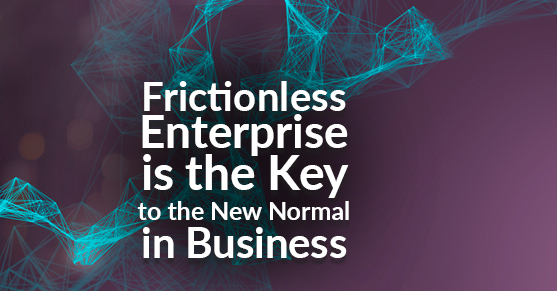COVID-19 is changing the way we do business. While we are in a digital economy, people and process take precedence over technology — until the people and processes are affected. When that happens, morale, productivity, and results are vulnerable… that’s where the right technology can make all the difference.
What we are hearing from our customers is that their needs have changed to adapt to our new circumstances. Different tactical problems have arisen which need to be solved: adjusting the supply chain, innovating solutions while keeping the lights on, understanding dynamic customer needs relative to current solutions, and more. Business continuity is a priority. Some businesses need to shift while others are thriving during this pivotal time (toilet paper, hand sanitizer, or bottled water, anyone?).
As a result, businesses need predictive analytics to make informed decisions about allocating company resources, adjusting processes, meeting customer demands and needs, and more. Business development and sales teams need business intelligence. IT teams need to ensure data integrity and enablement.
All this can be summed up in one phrase: the frictionless enterprise.
When your apps all talk to each other seamlessly, your data exchanges are smooth, your databases have 100% uptime, you have the ability to deploy new features quickly across your networks, your customers have a great experience, your users have what they need to be productive in a digital workspace — all examples of a frictionless enterprise.
Here are five focus areas that can make a significant difference in navigating this new normal of remote work, enhanced dependence on digital systems, and maintaining customer relationships and service: enabling your data, connecting your employees, and improving your digital experience.
1. Connect With Your Employees
- Does everyone have the four pillars of life: food, shelter, clothing, transportation?
- Do all employees have unfettered access to HR and benefits?
- Are your employees set up to work remotely?
- Are they able to collaborate in real-time?
- Do you have training to help with diminished productivity?
- Does reporting meet user and company needs?
2. Connect With Your Customers
- Are your customers OK?
- Can you continue building relationships by having a conversation with each customer?
- Do your customers have immediate needs you can help address? Can you help them see new applications for their solutions (for example, manufacturing medical equipment instead of widgets)?
- Can you focus on creating content to enable your connection and attraction with your current and future customers to provide value and reinforce trust?
- Are dashboards customized to meet user needs?
- Does your company have a CRM? If yes, are your employees using full functionality?
3. Connect With Your Partners/Suppliers
- Are you able to keep scheduled meetings to check in with joint campaign progress?
- Could you take this time to review crucial partnerships, renew relationships, and update shared resources (including promotional)?
- Are there potential partners you’ve wanted to explore with whom you could initiate a conversation?
- How stable is the supply chain? Are there any constraints that need to be addressed?
4. Upshift Your Digital Brand
- What is the state of your website? Has it been audited and updated recently?
- Do you offer online portals and self-service to enhance value for your customers’ experience?
- Are your products and services accessible via online delivery systems?
- Is your SEO generating visibility for your company?
- Do you have an online ecosystem that works via any device?
- Can you offer on-demand value for your customers?
5. Enable Your Data
- Are you managing your data well?
- Do you have consistent, accessible data information backups?
- Can you easily recover from a mission-critical event that would disrupt your operations?
- Do you have on-premises servers? Is now a time to consider moving to the cloud for remote access and data protection?
- Are your apps, networks, and systems connected effectively?
- Can your team access reporting to make decisions around business stability and growth?
While it’s counterintuitive to stand in the face of significant change due to something like COVID-19, it’s also smart to take advantage of the opportunity to tighten your IT environment. Why? So you can leverage technology for better relationships with customers and users, scalability to meet a potentially larger demand for your solution(s), and adaptability to current market conditions (whatever they may be in the moment). Then when the dust has settled, your business will be stronger, optimized, and poised for next-level success.
This post was originally published for CMSWire.

